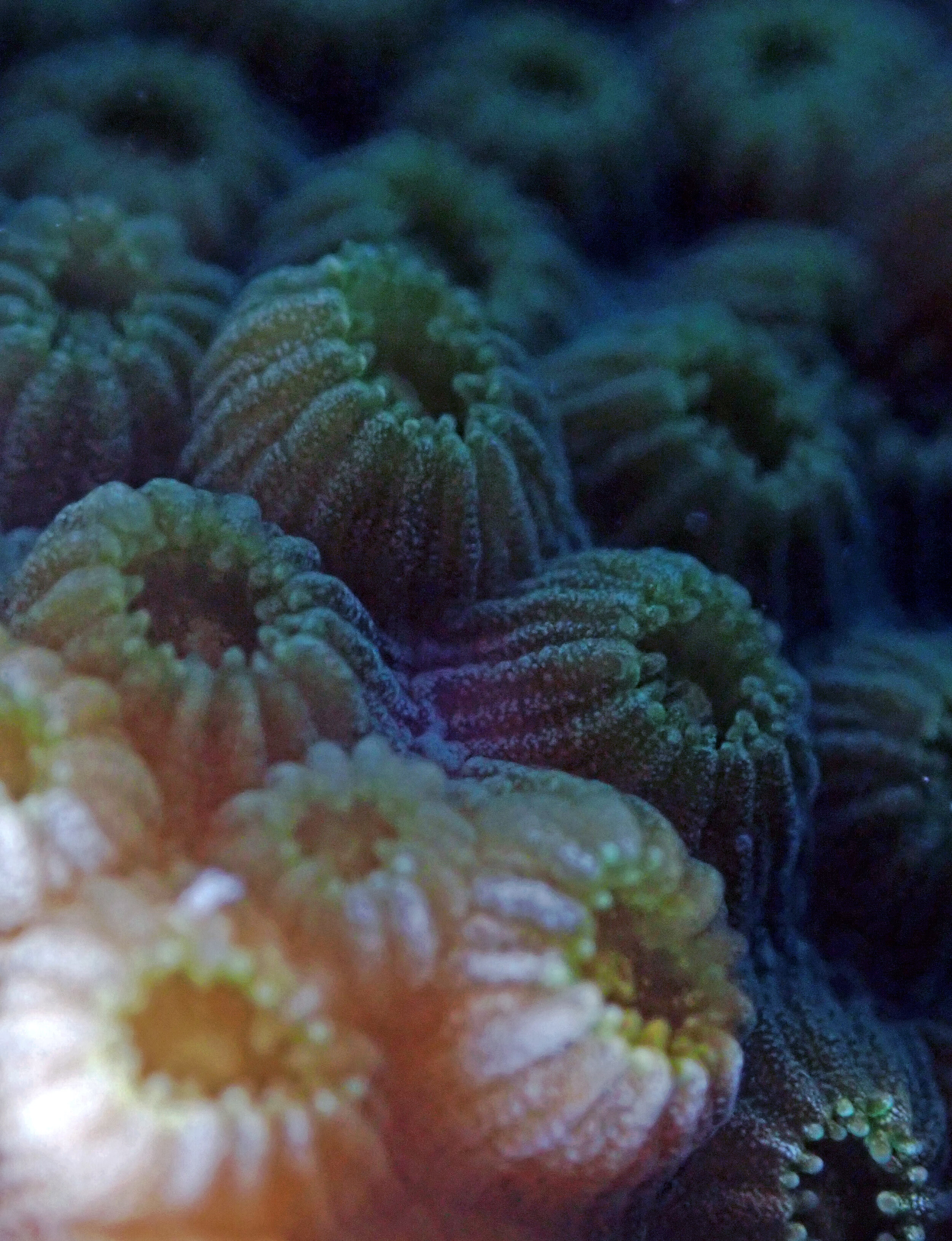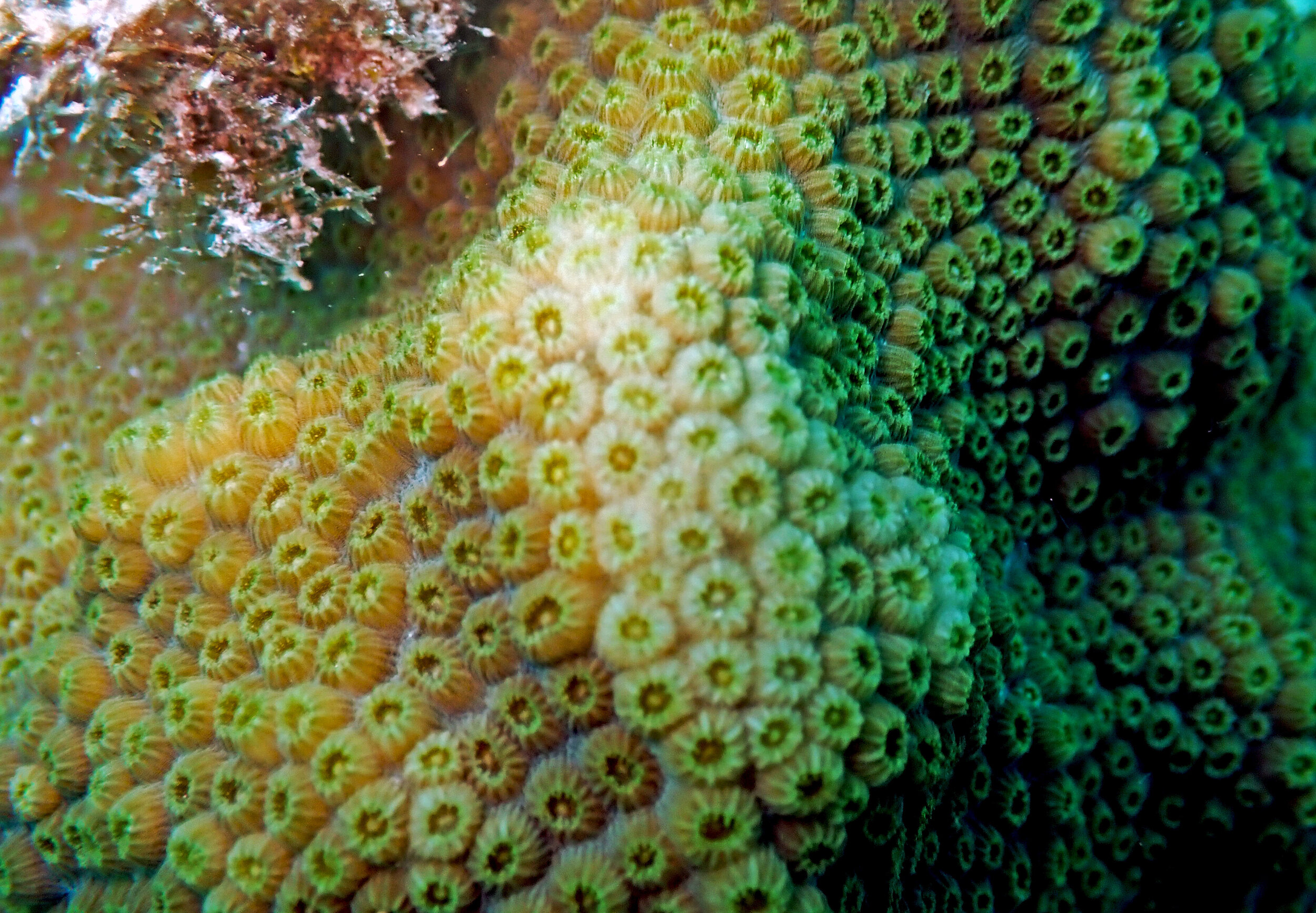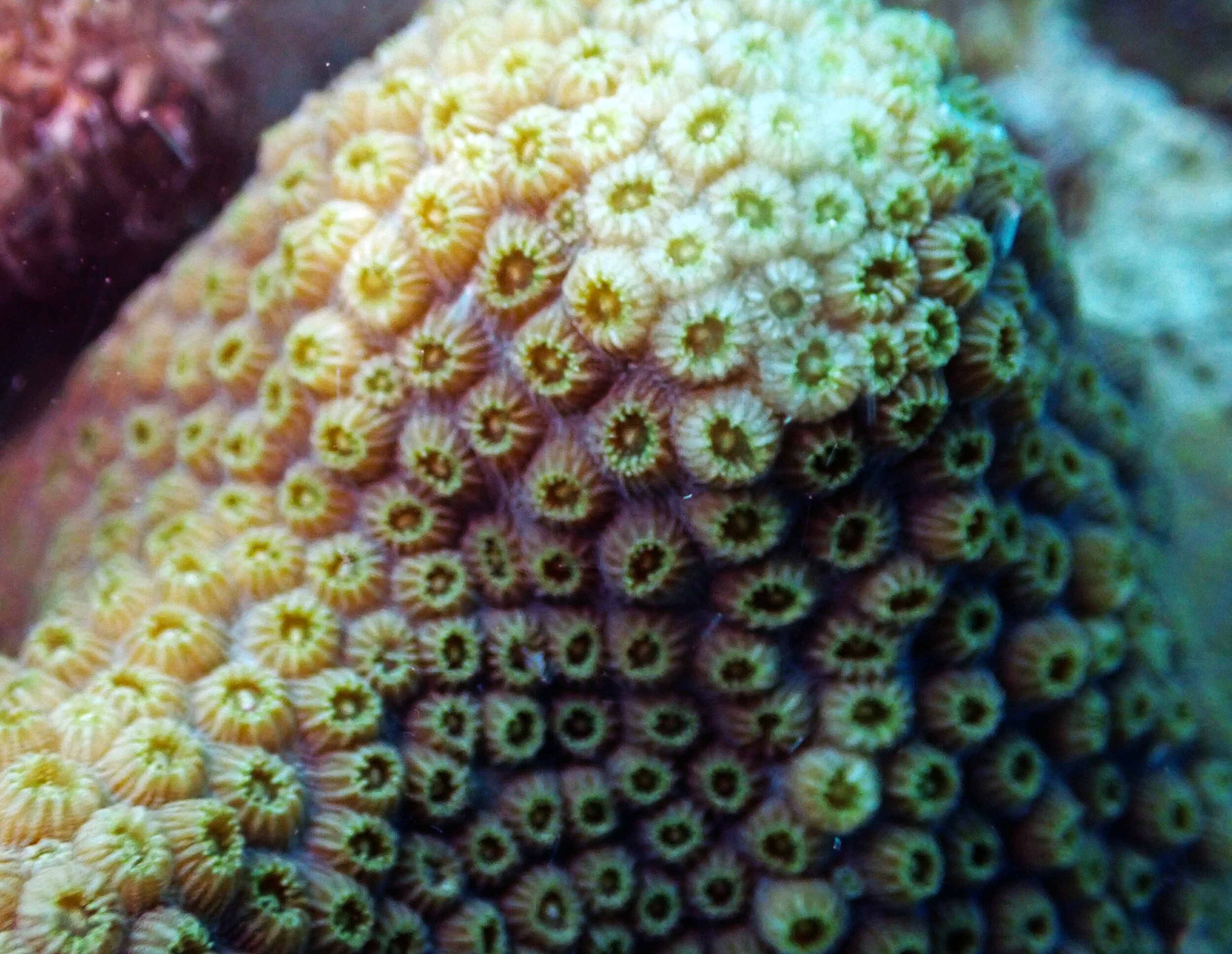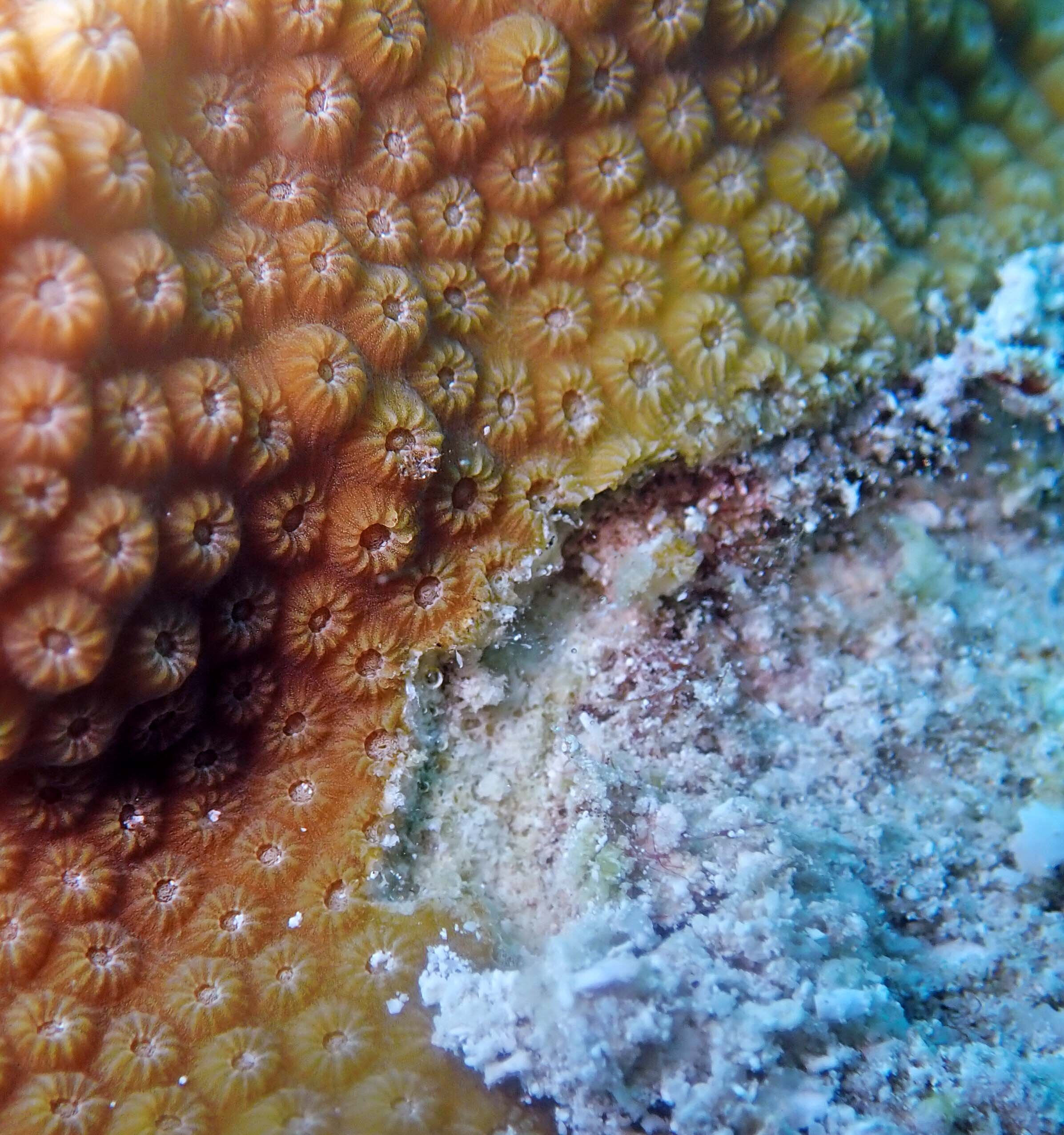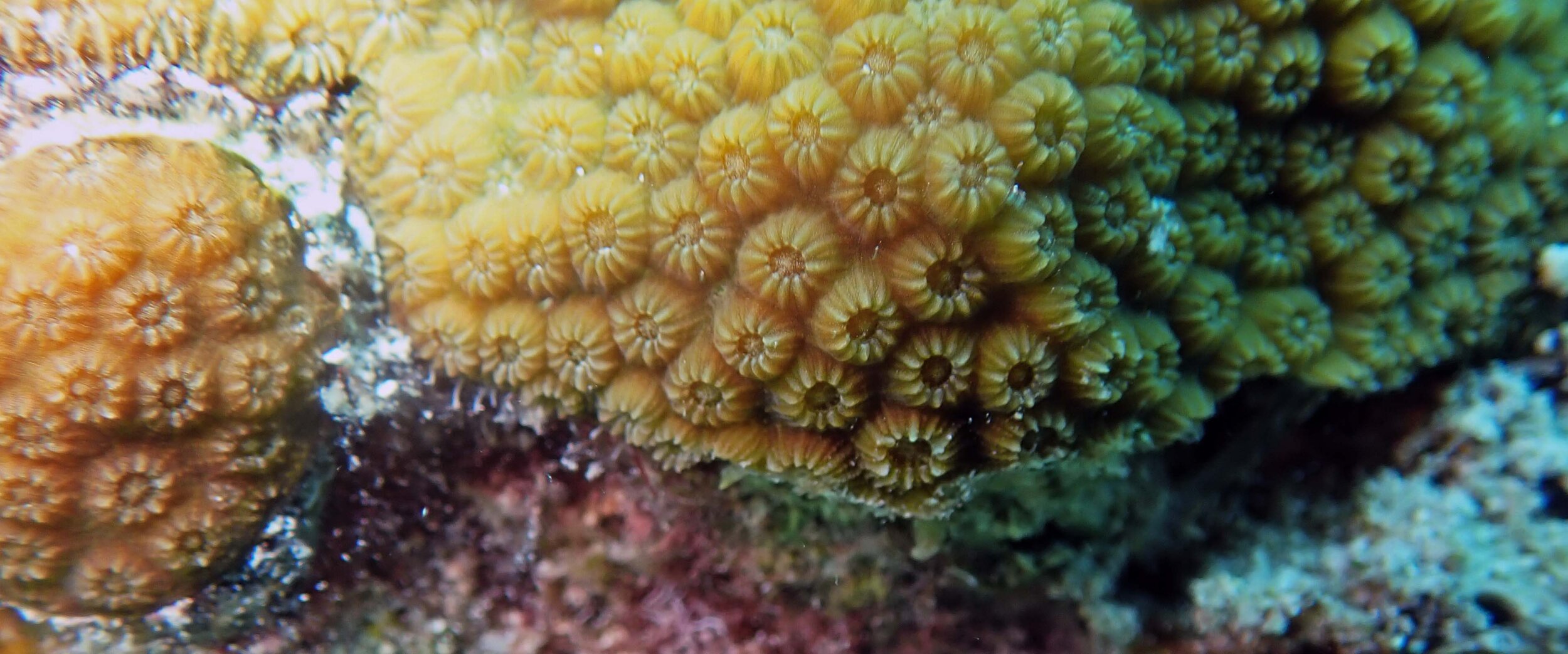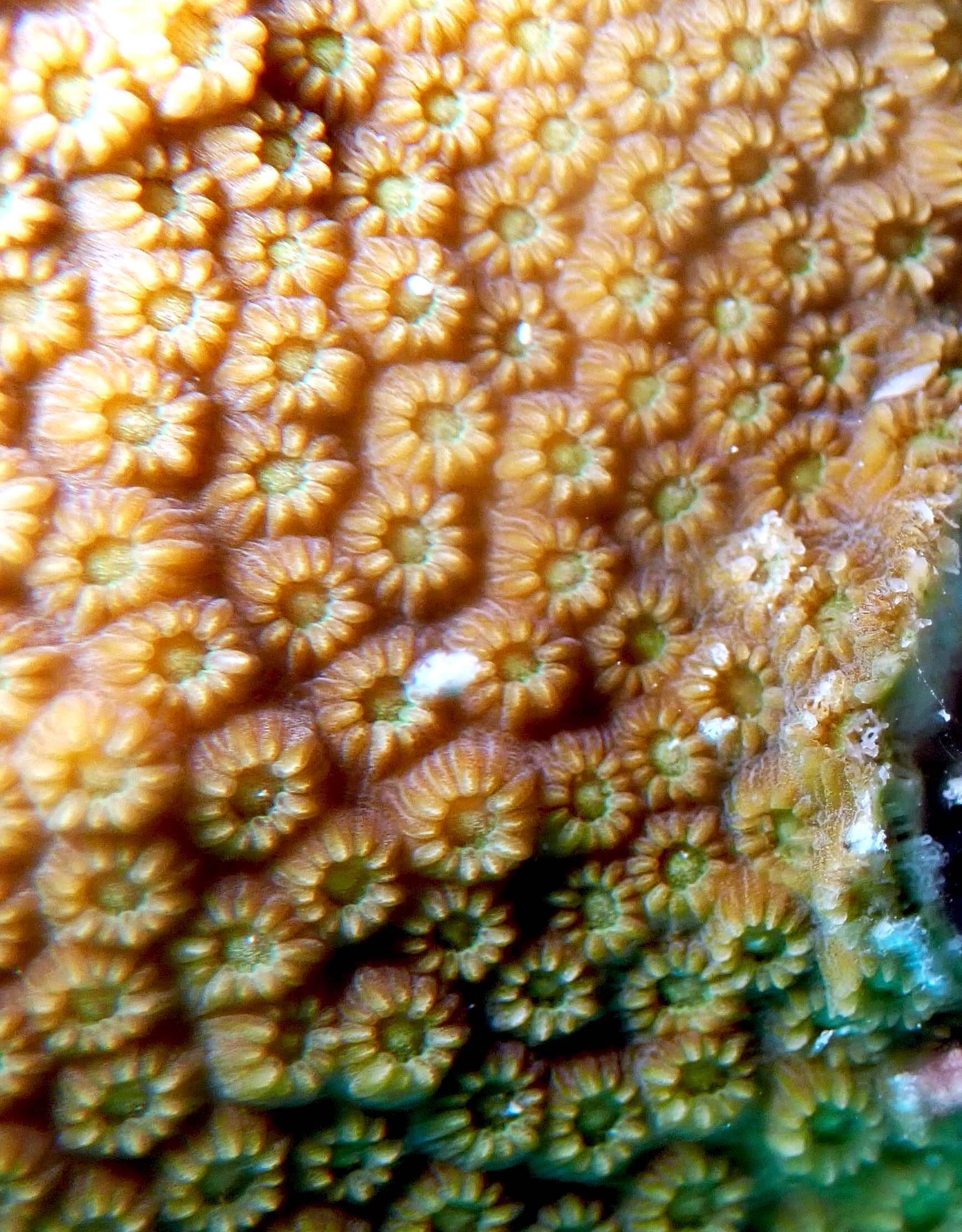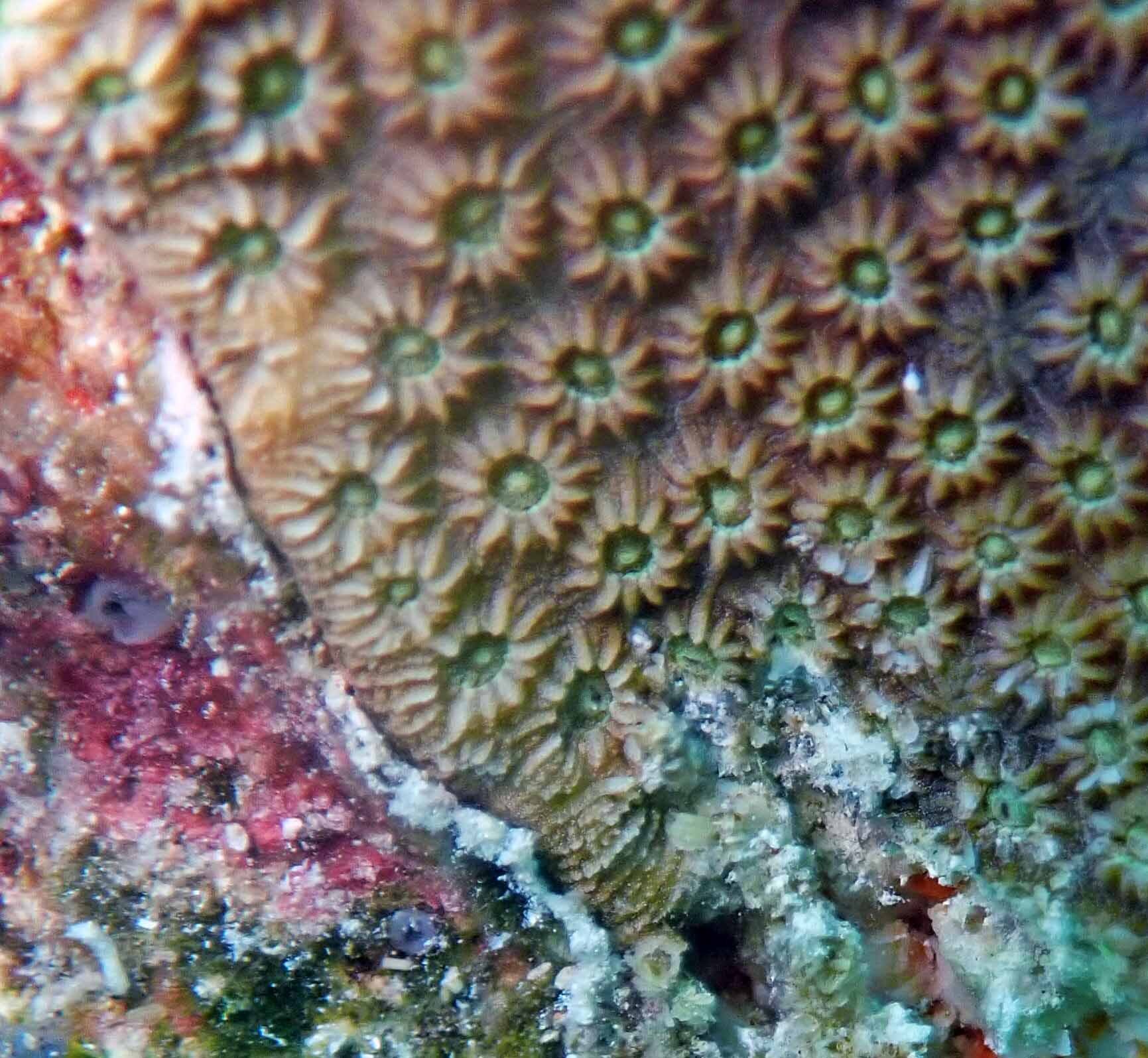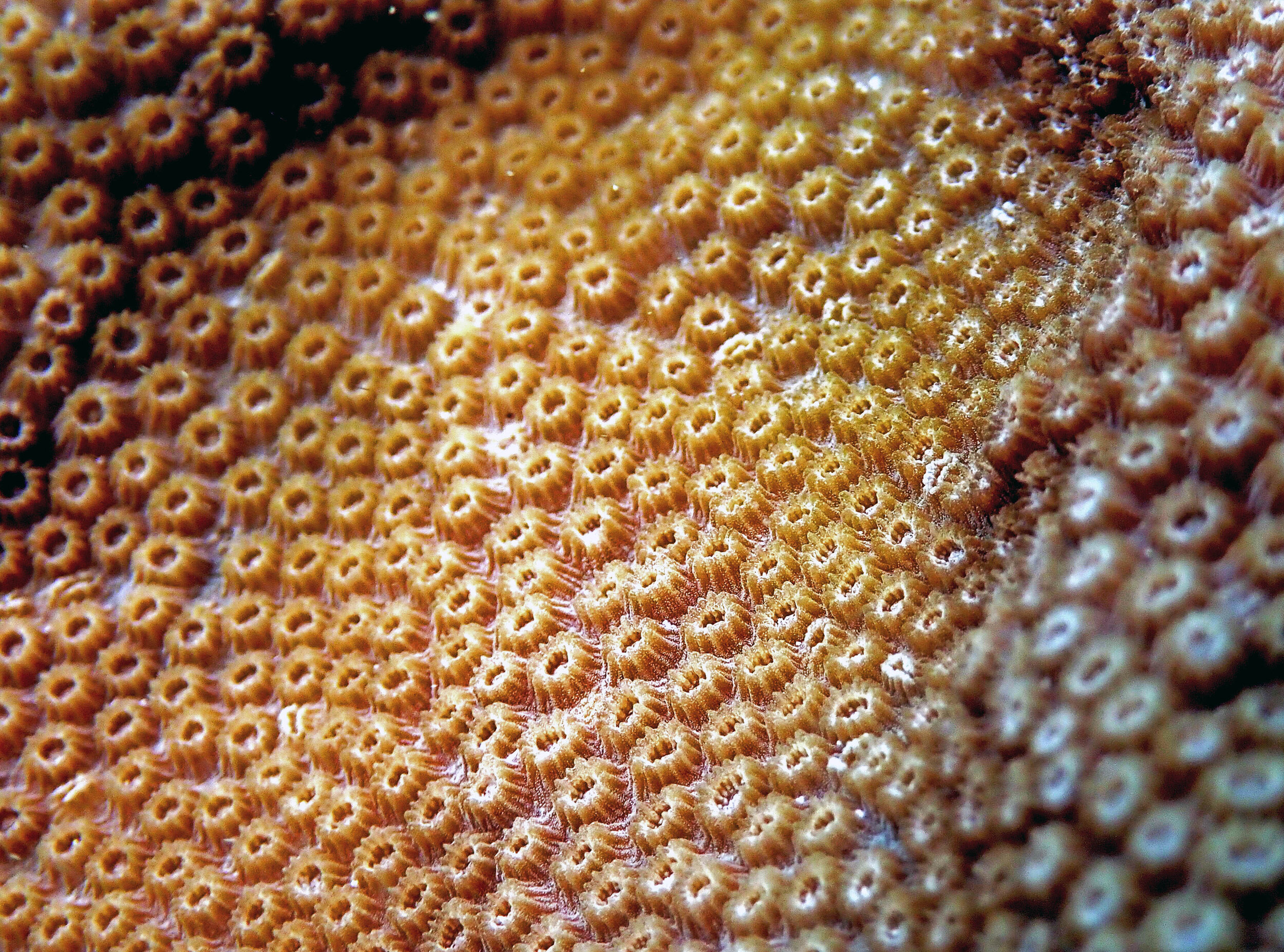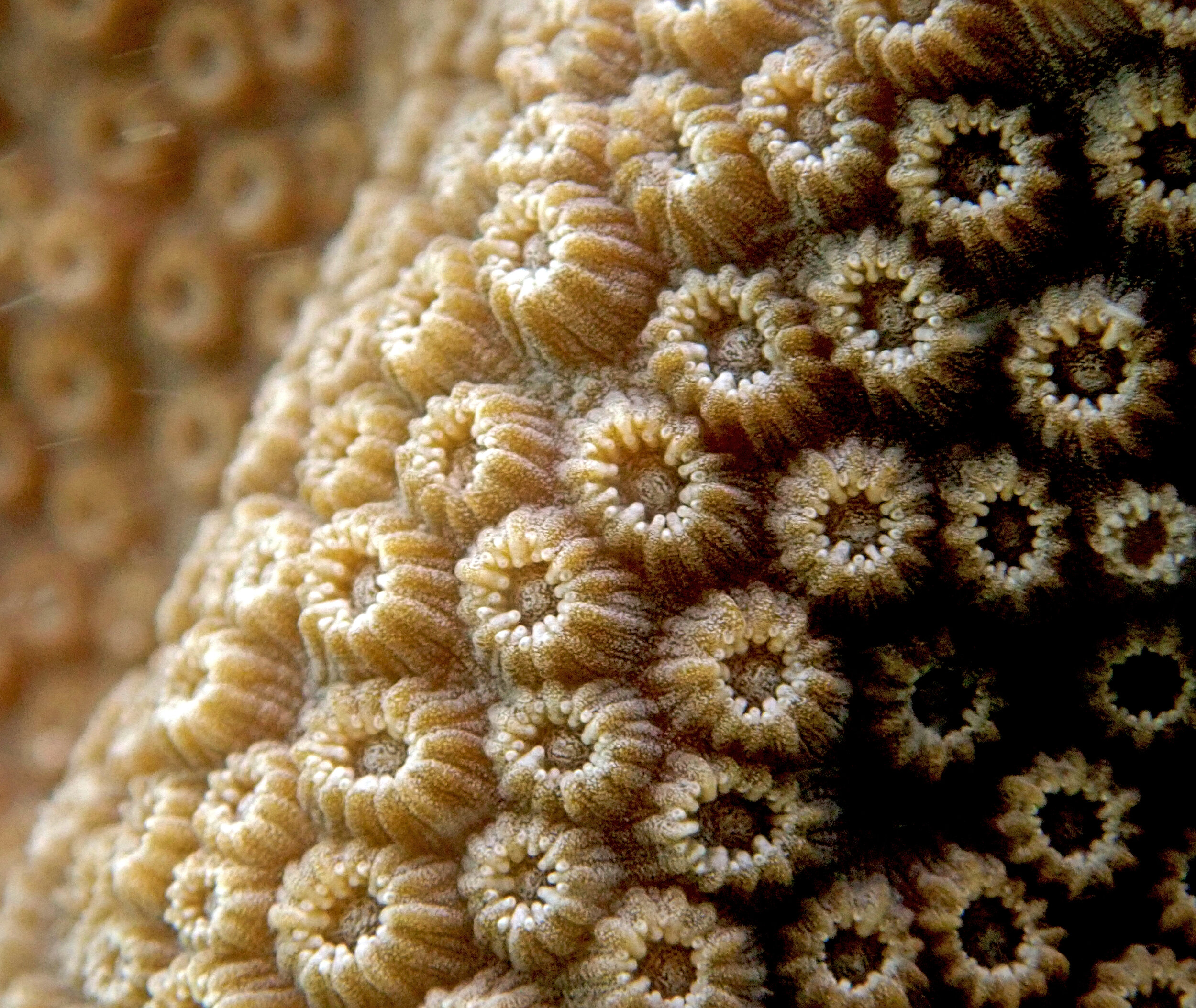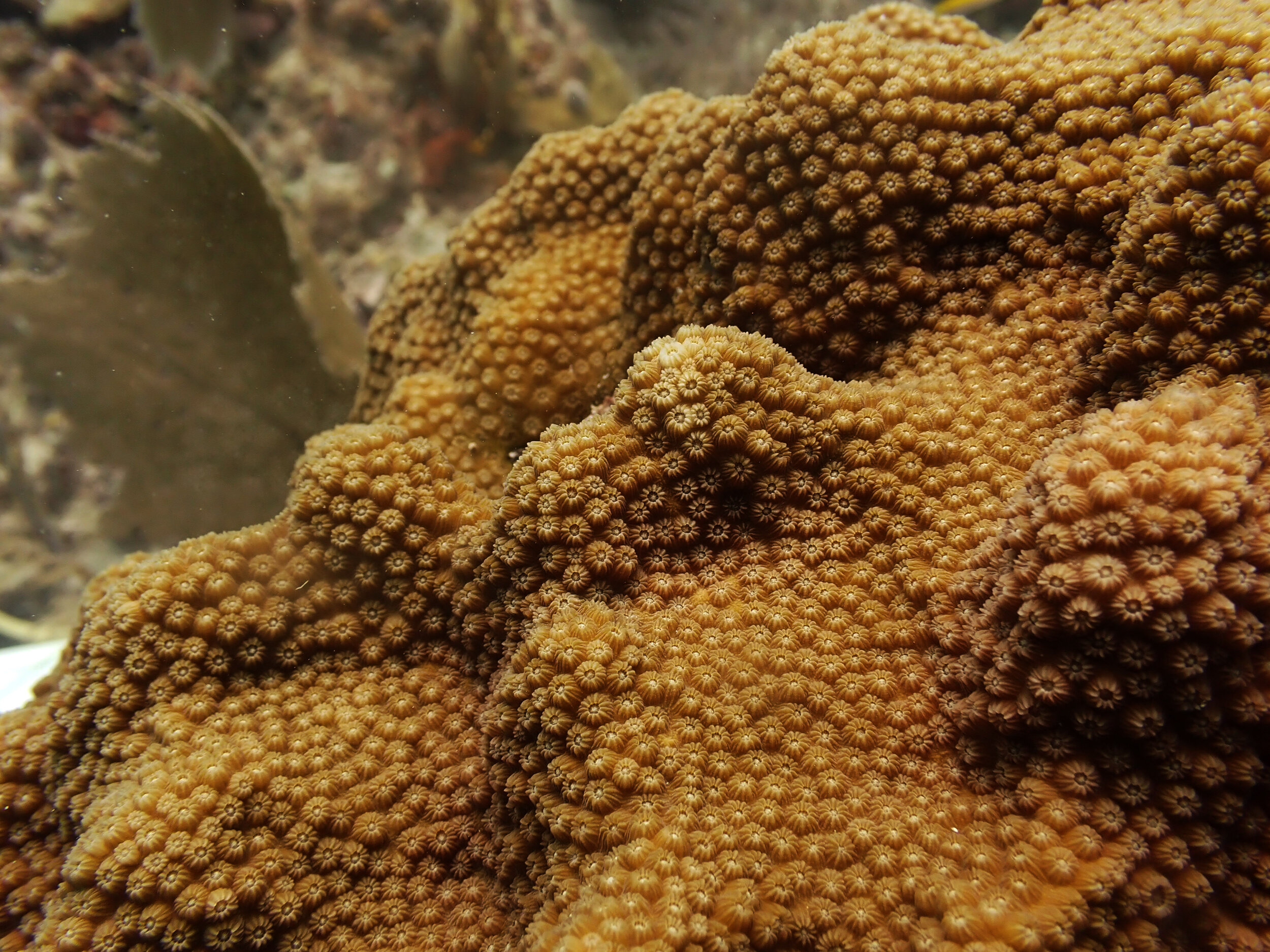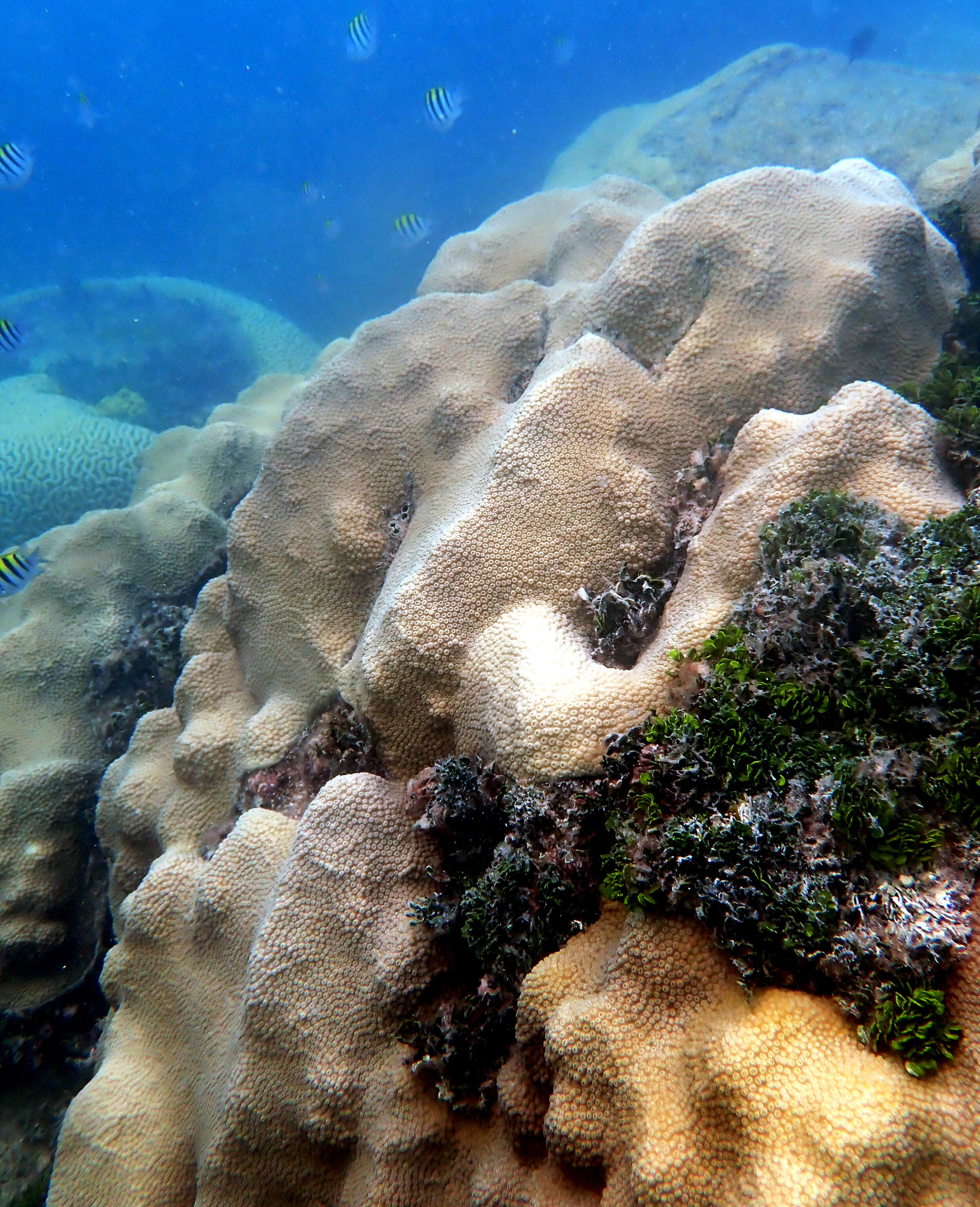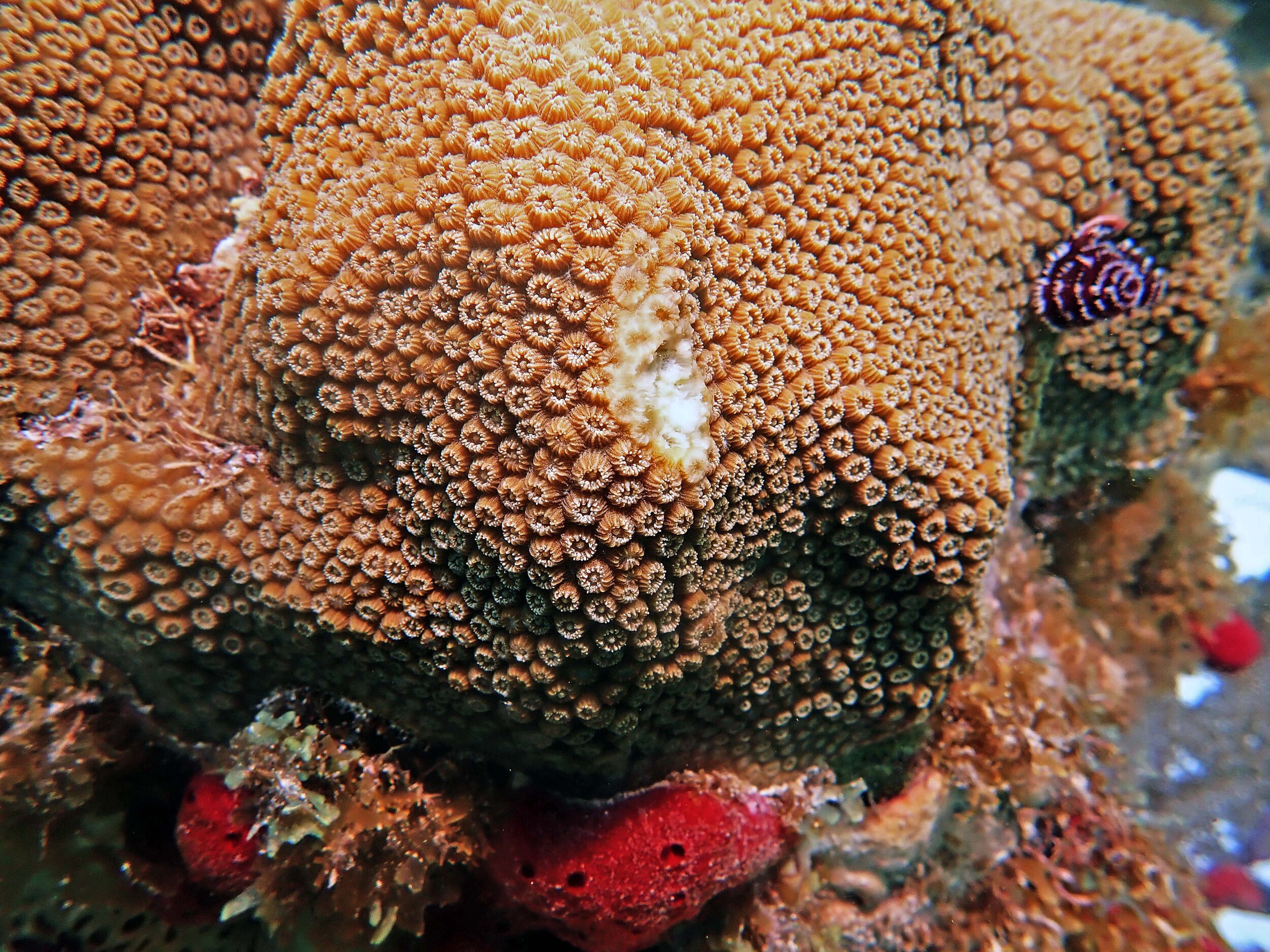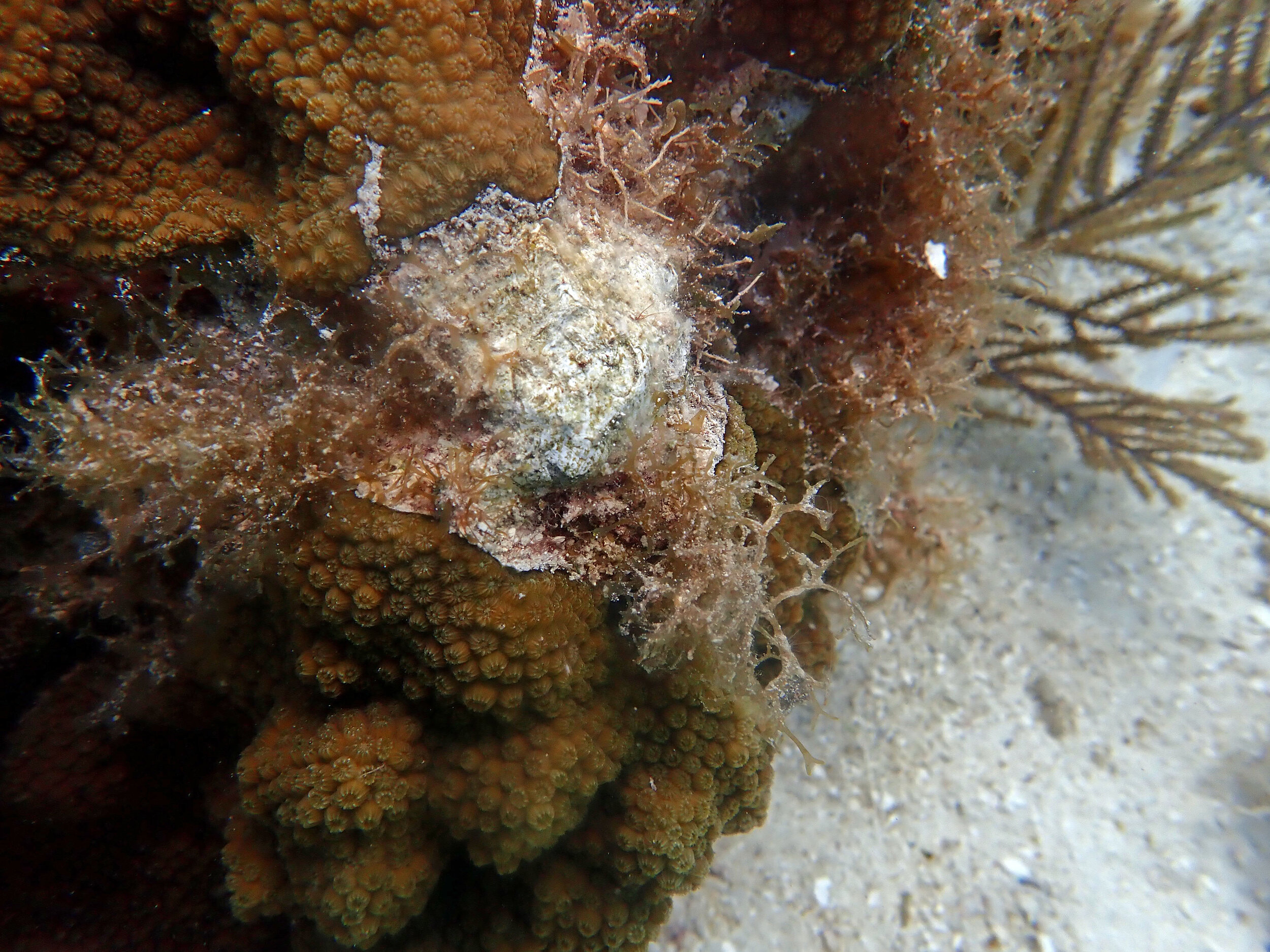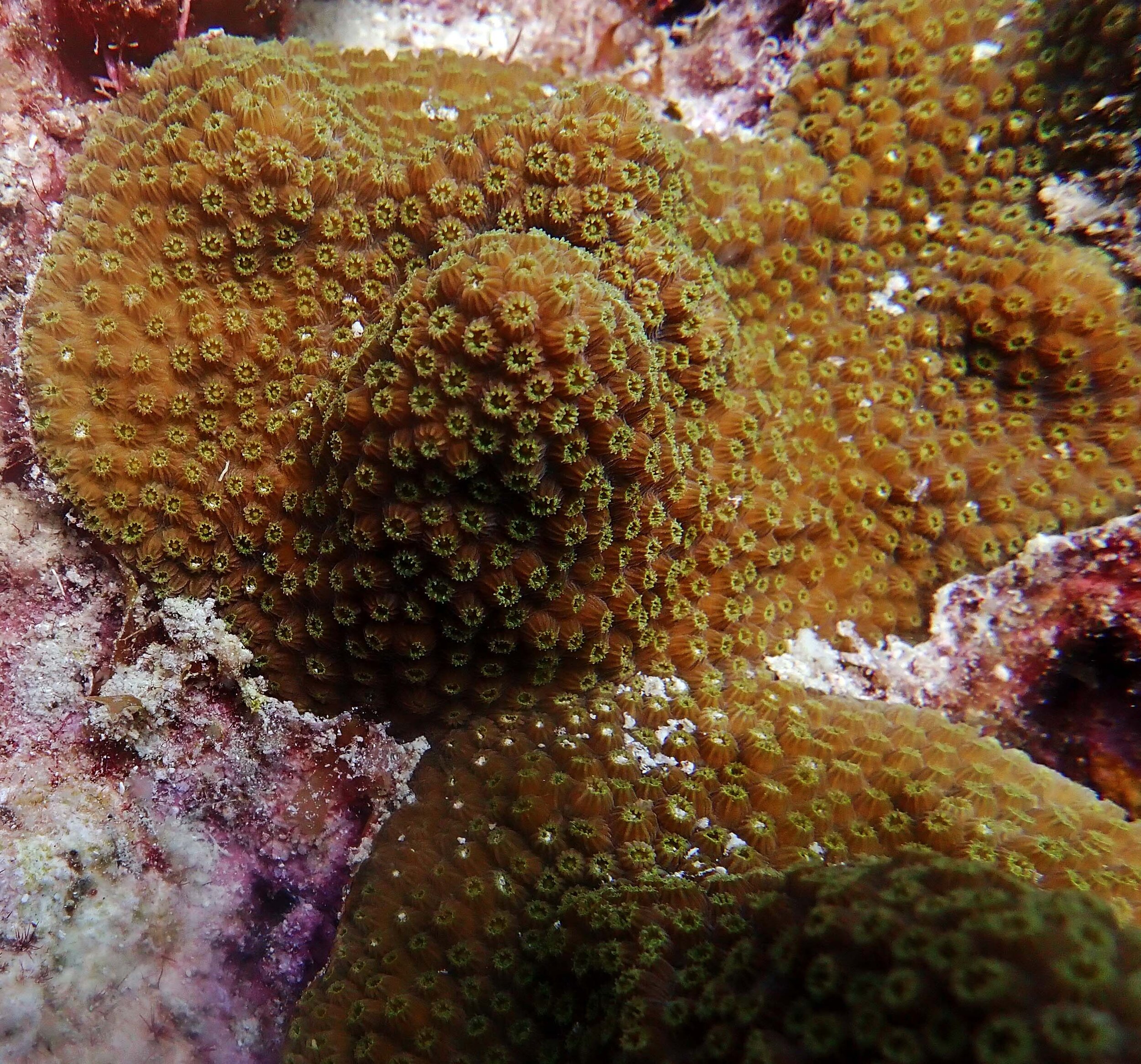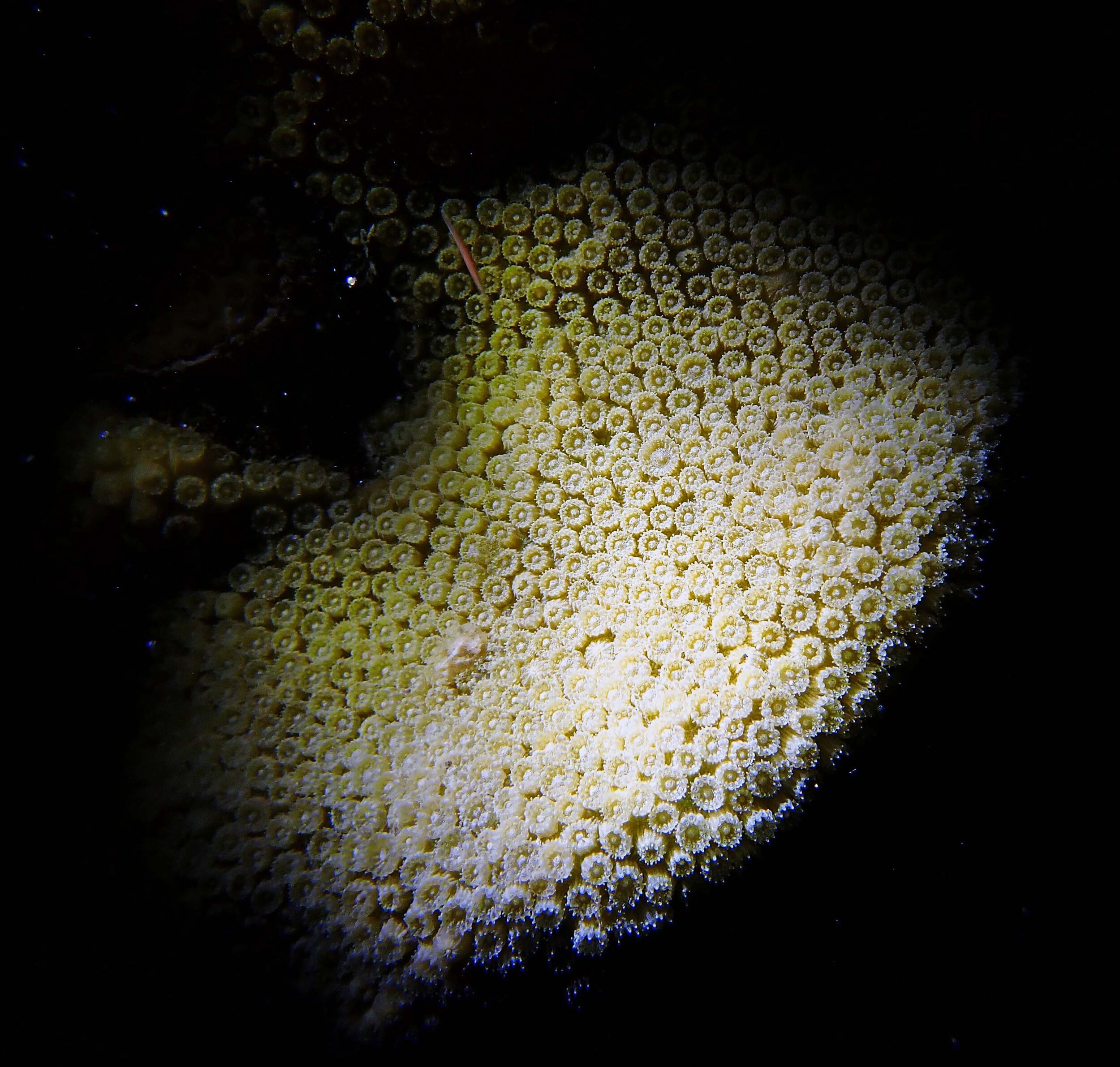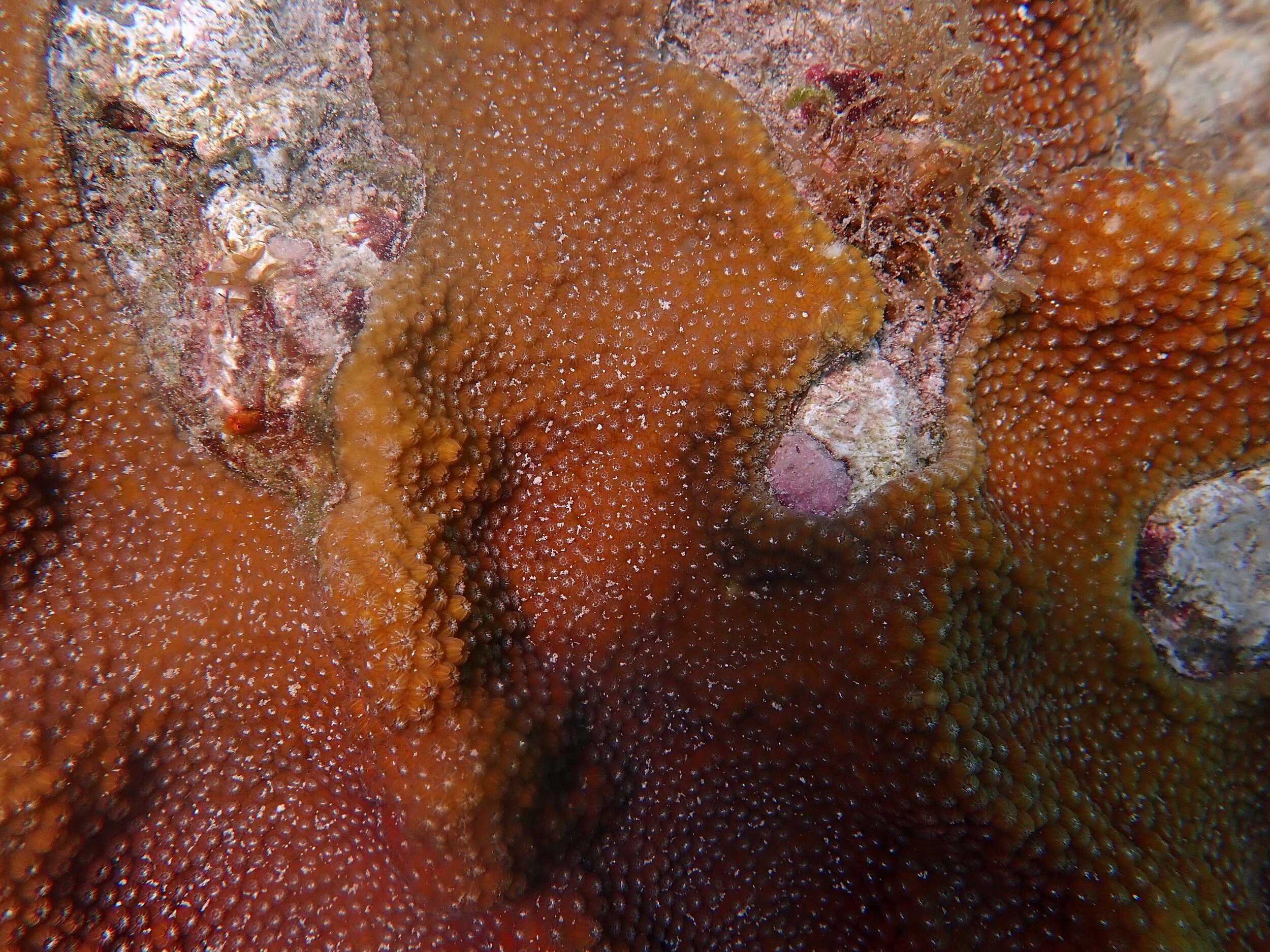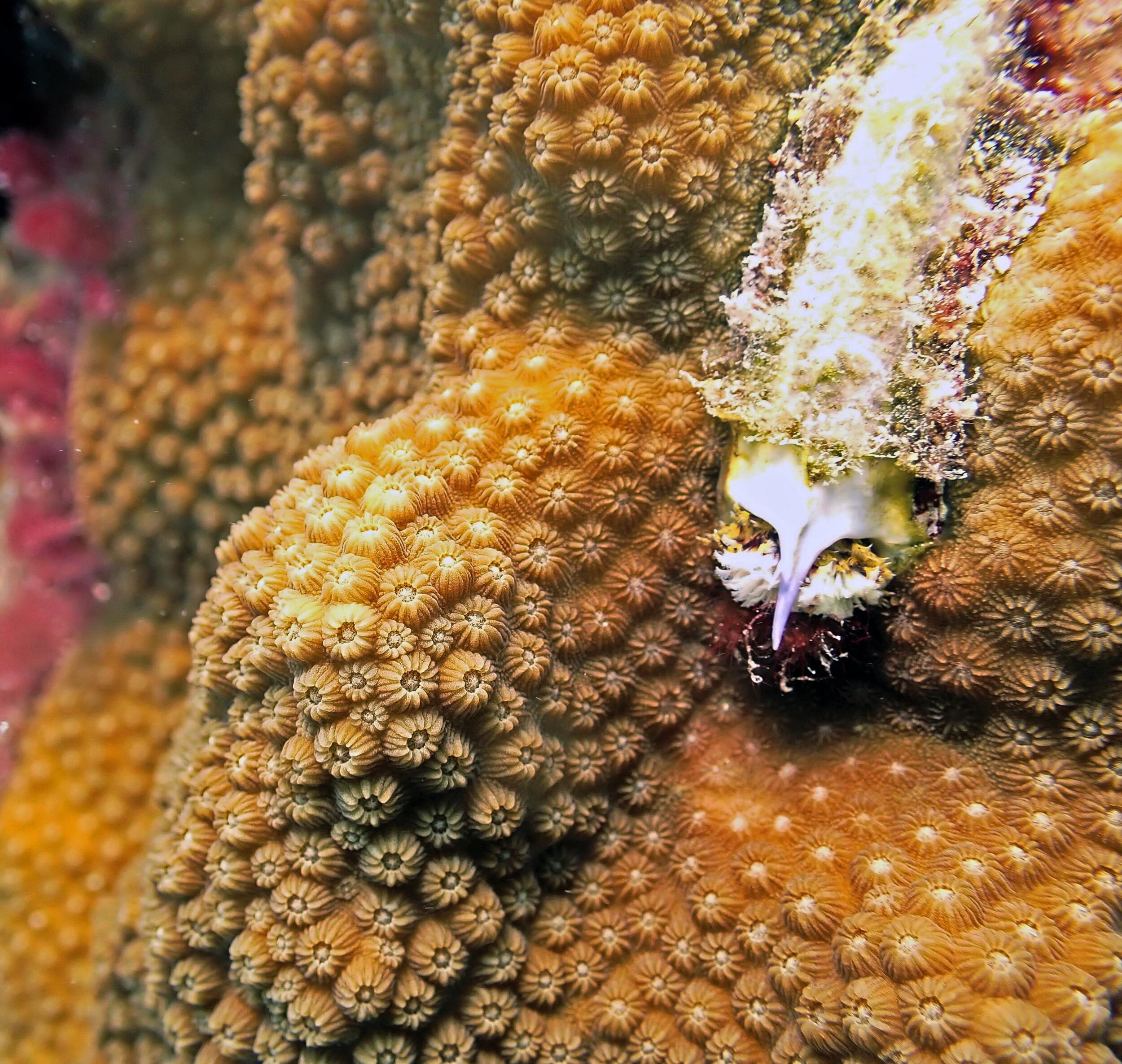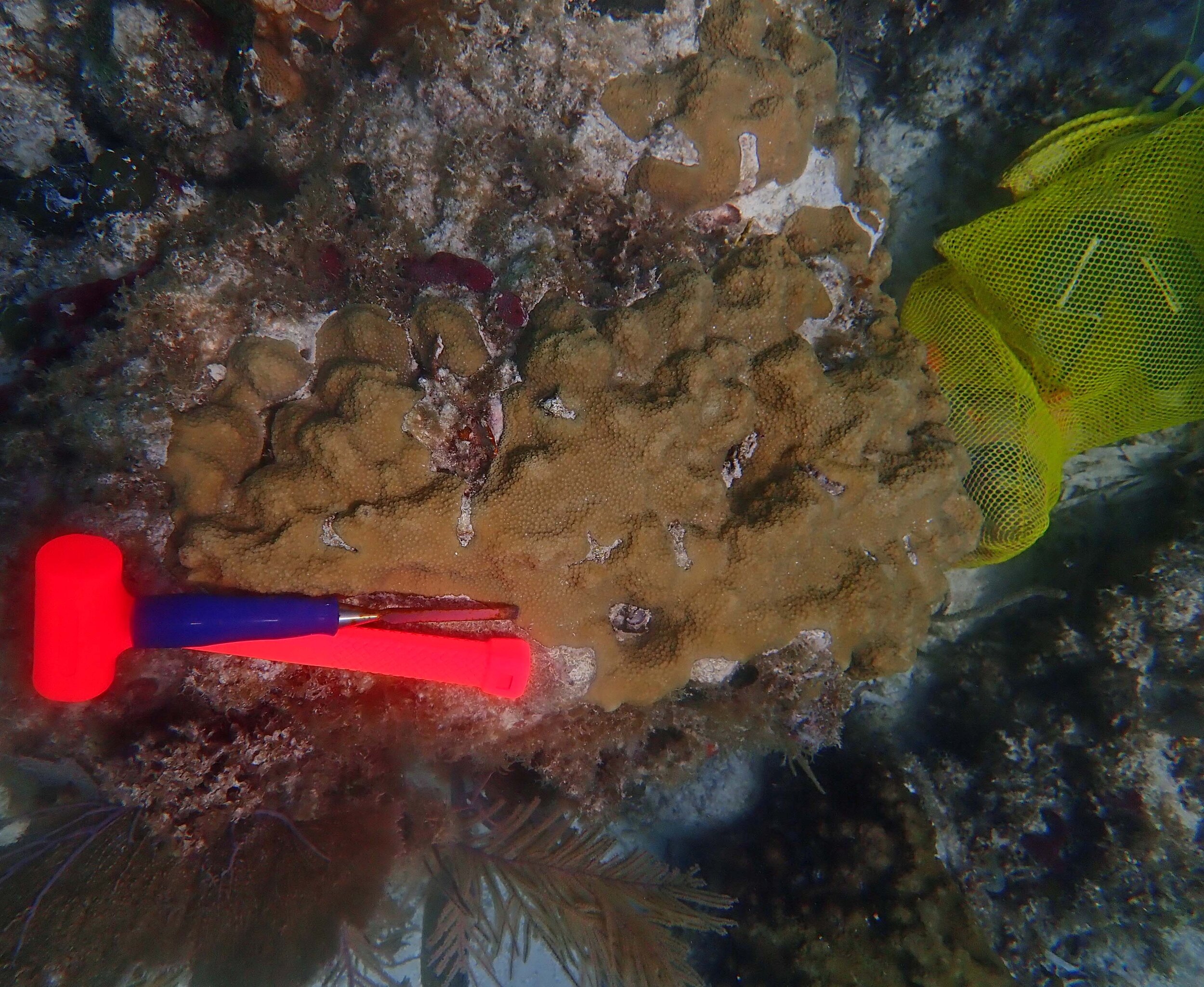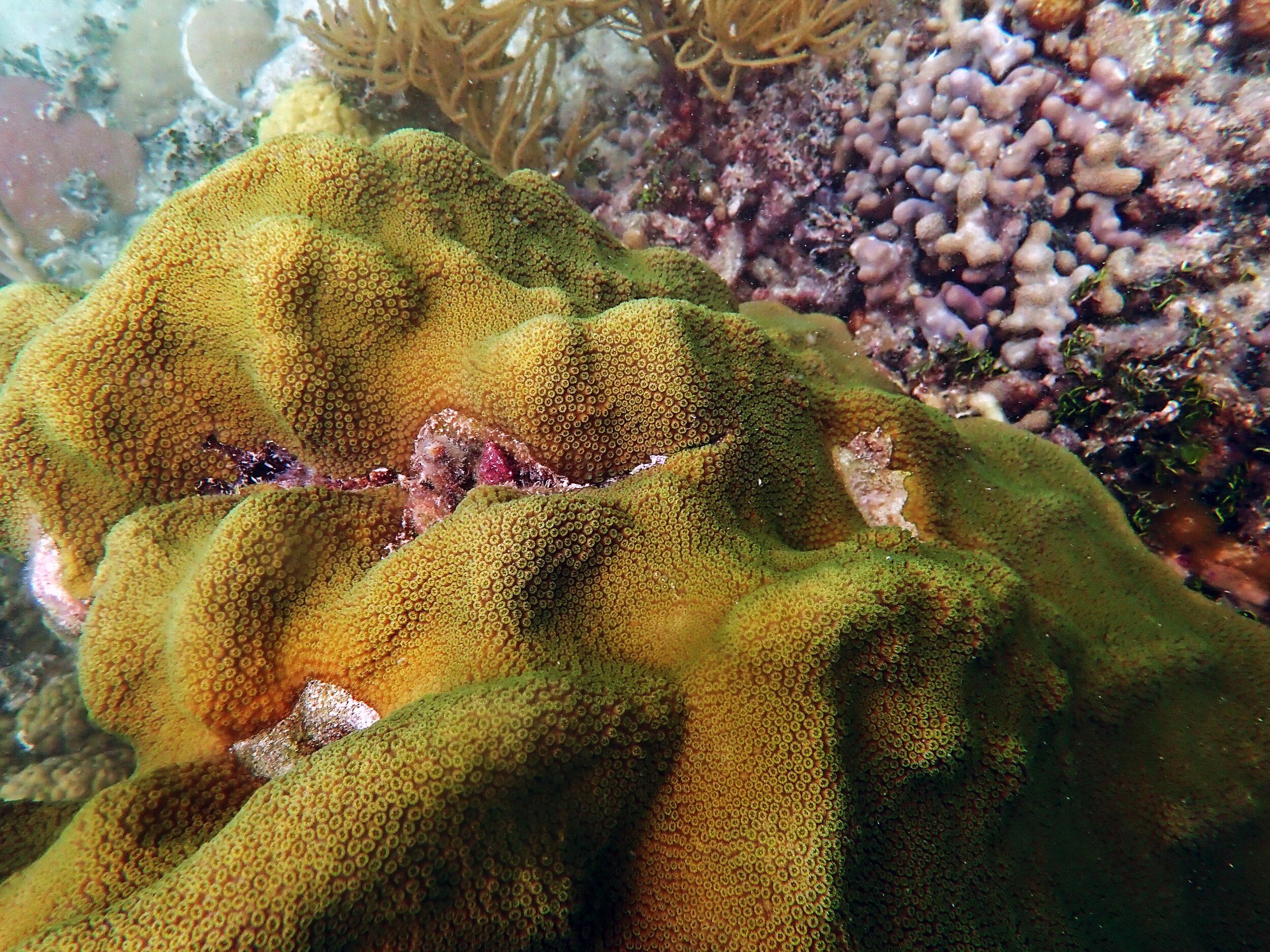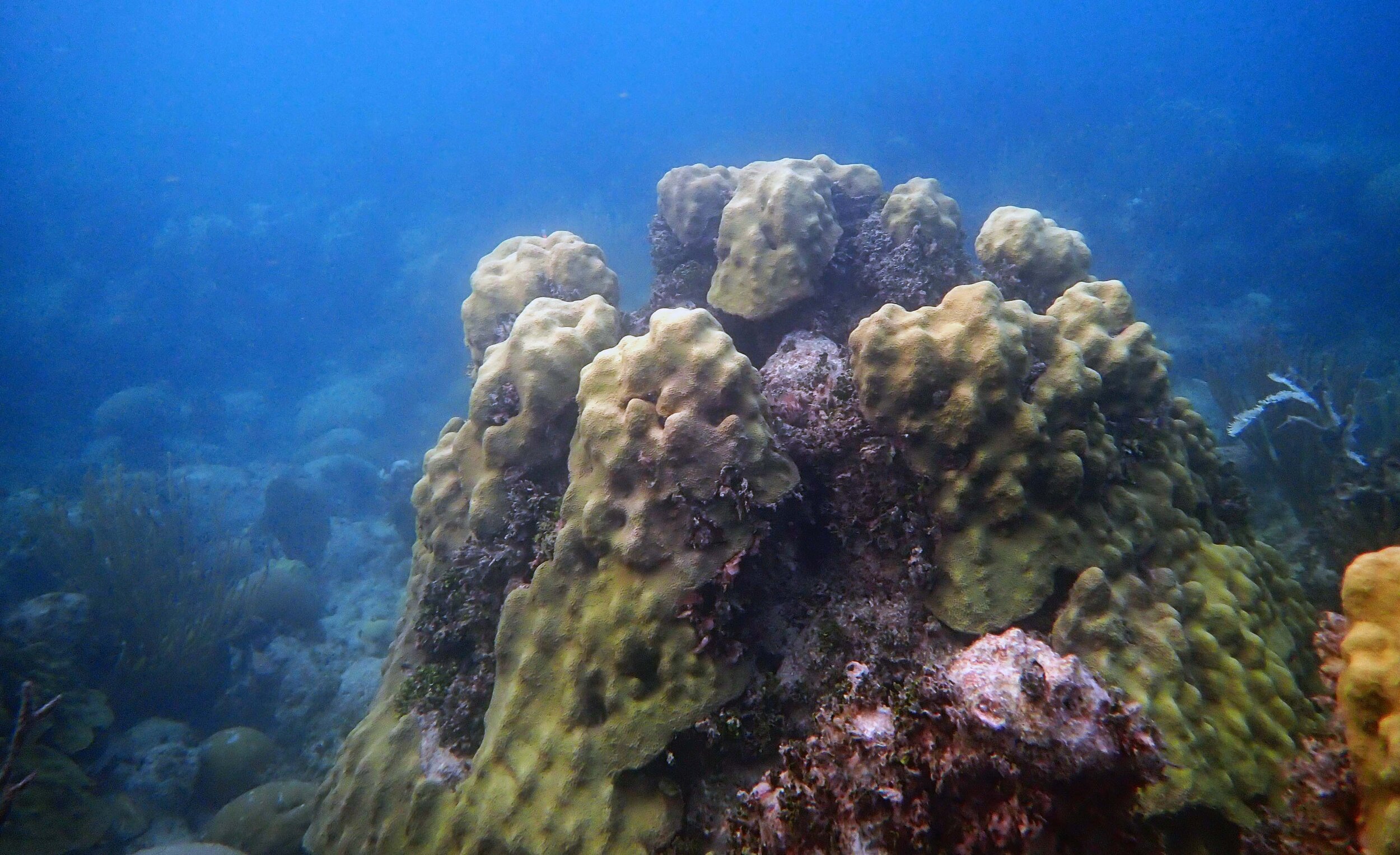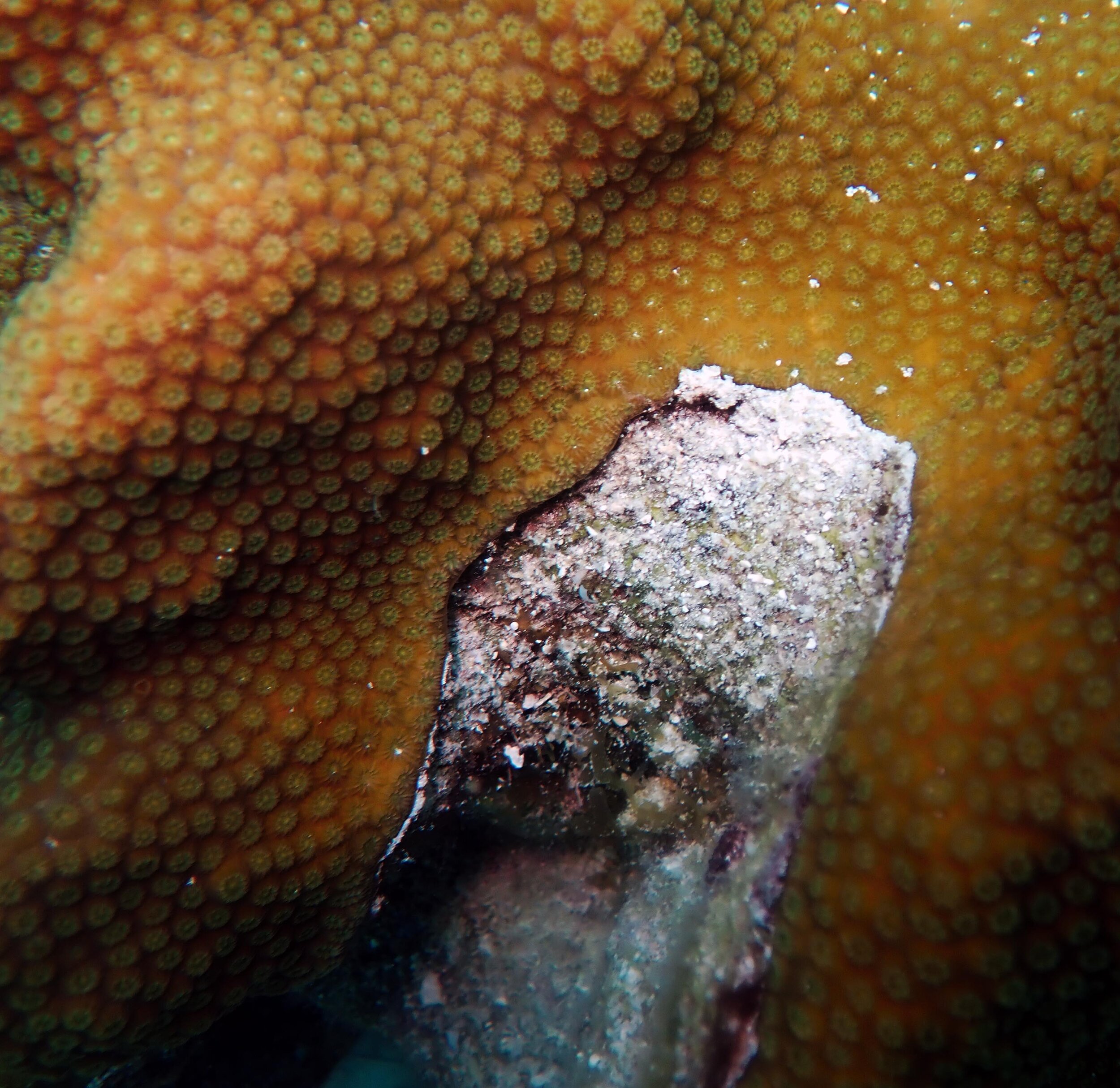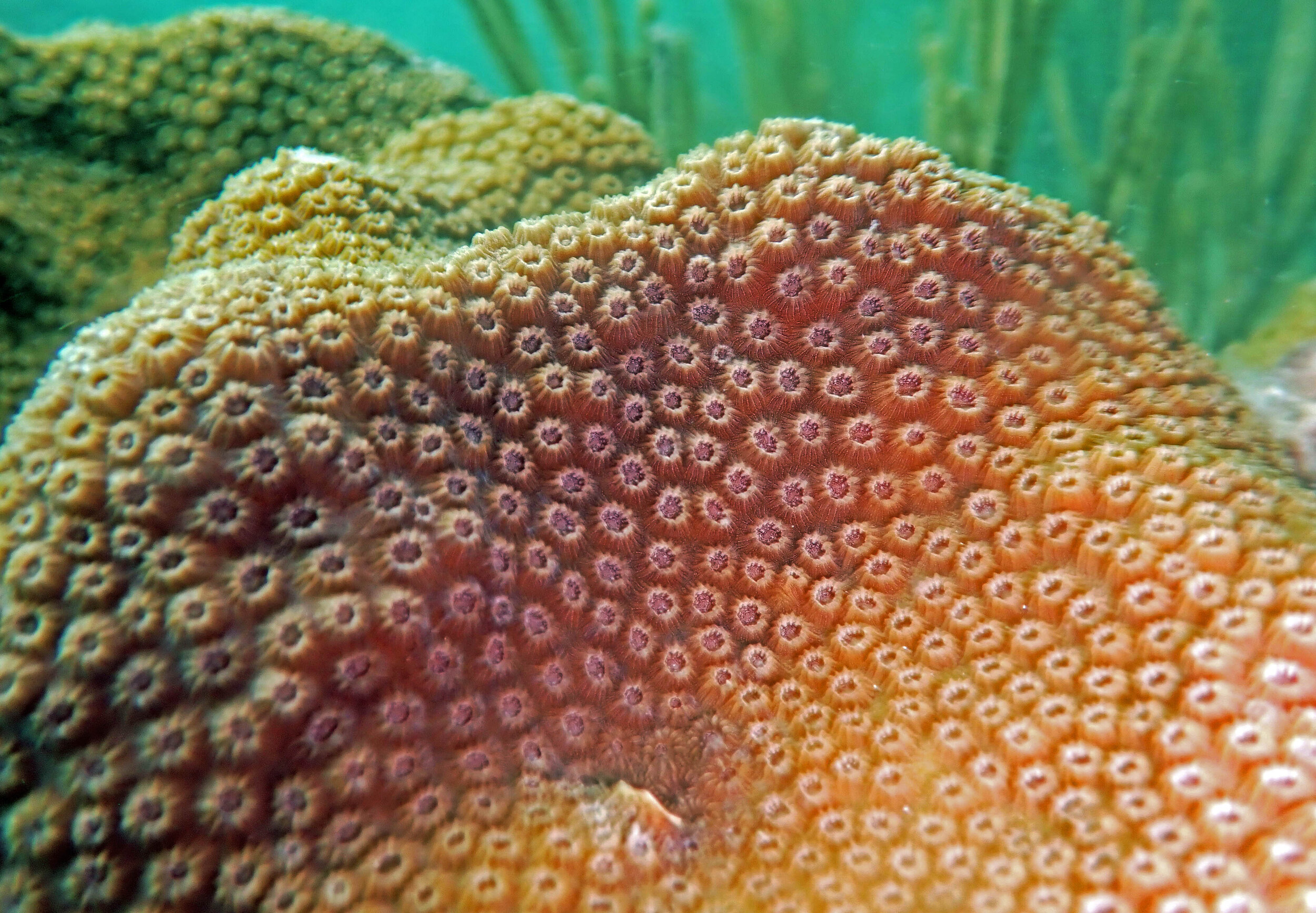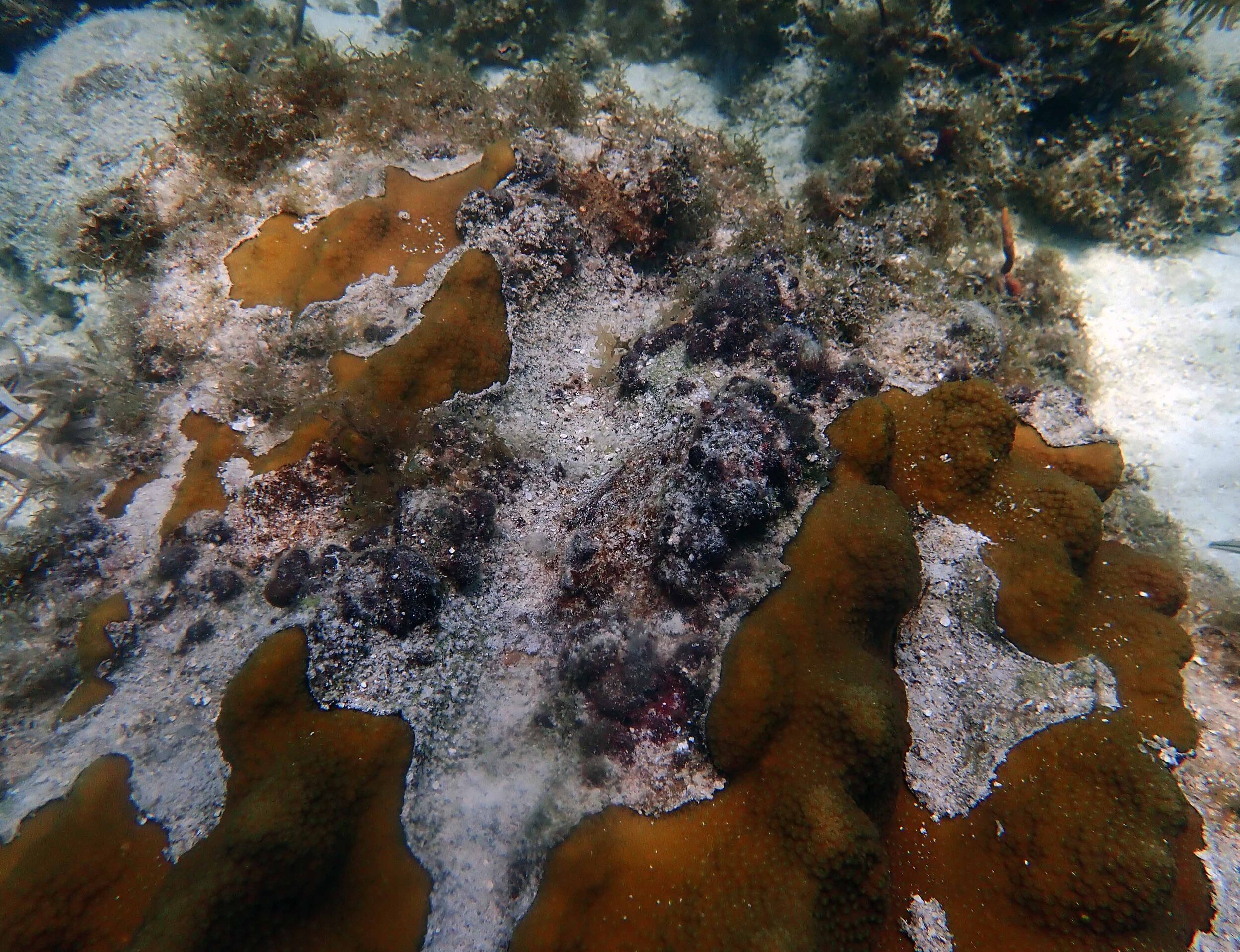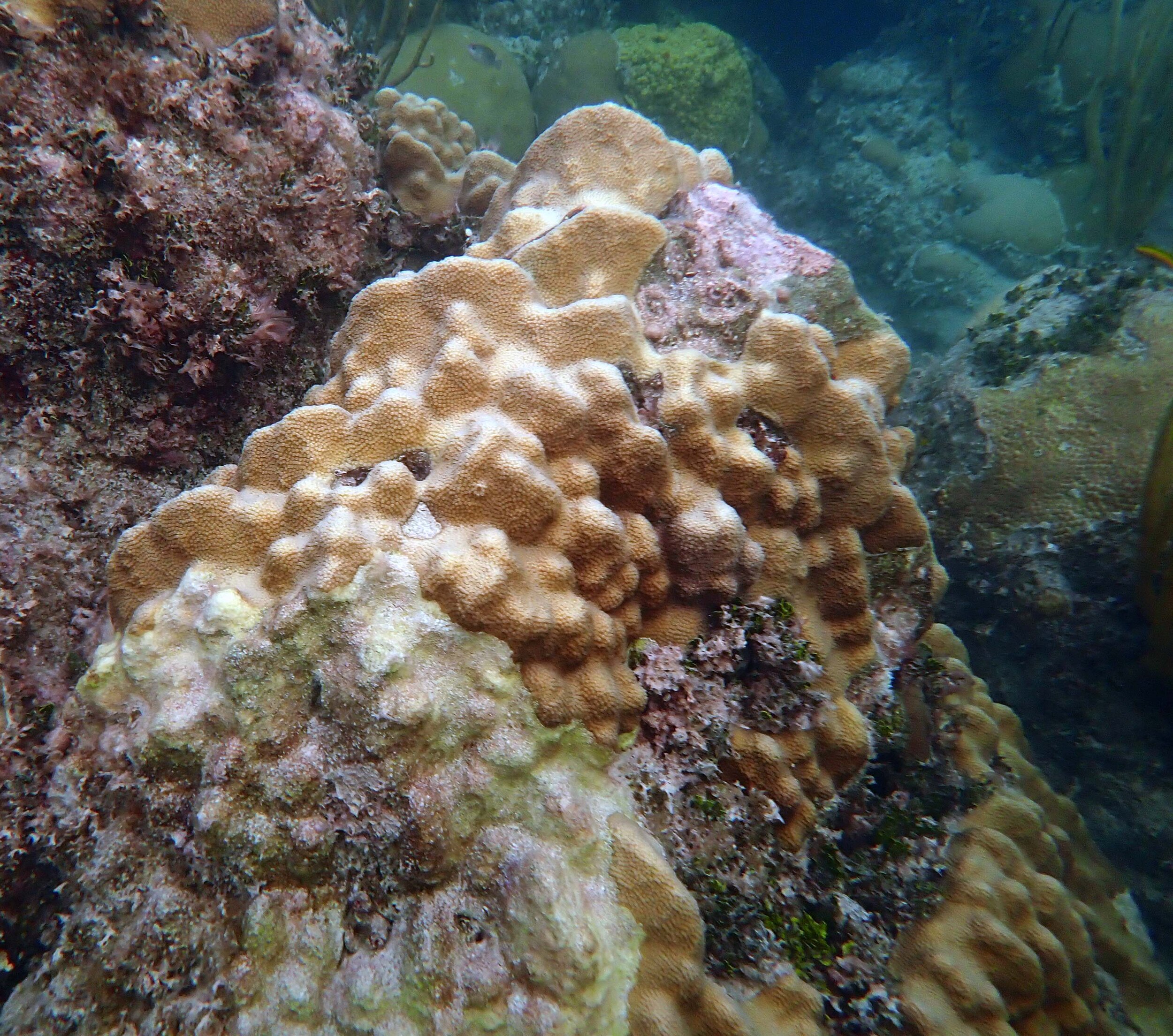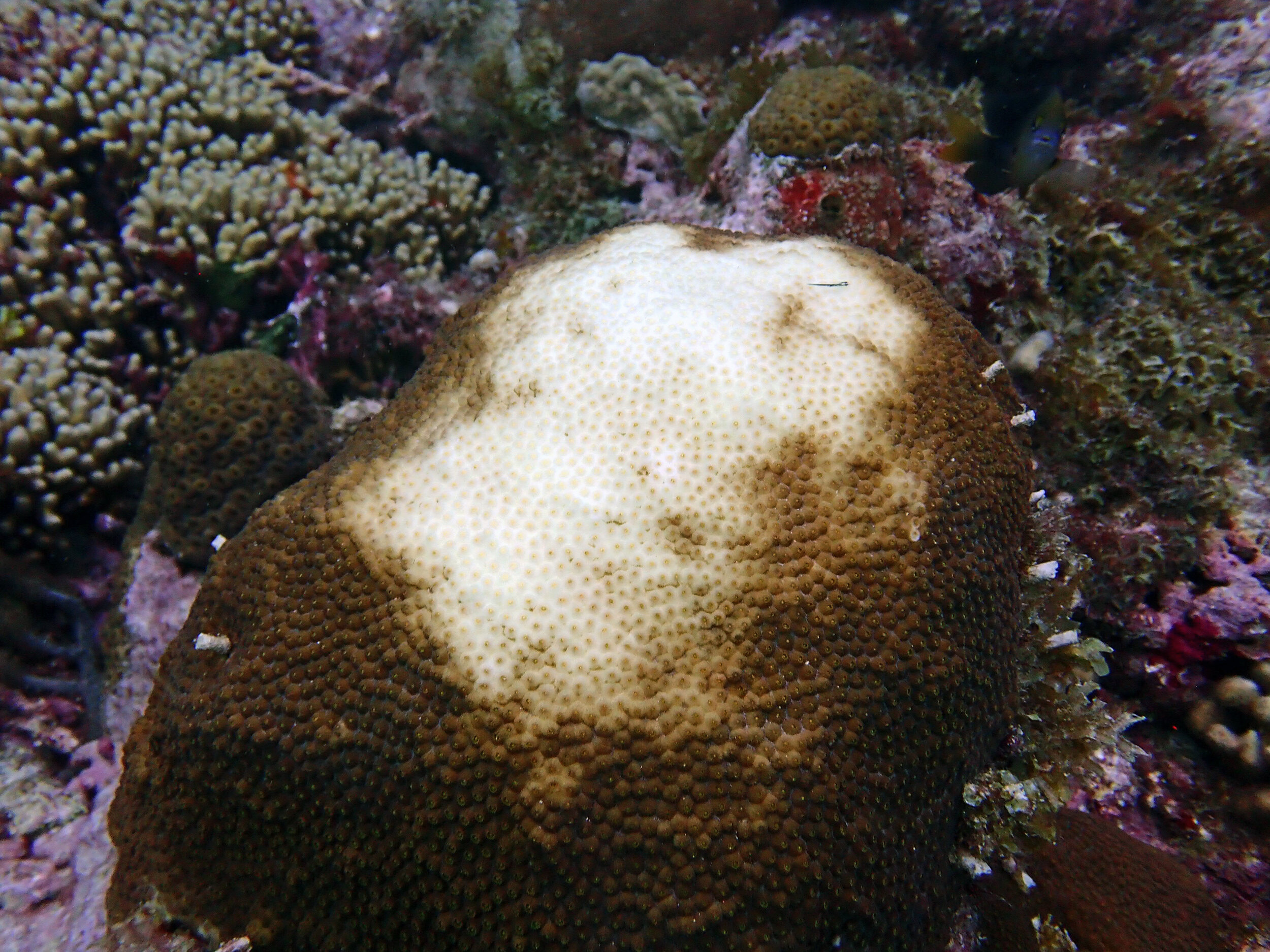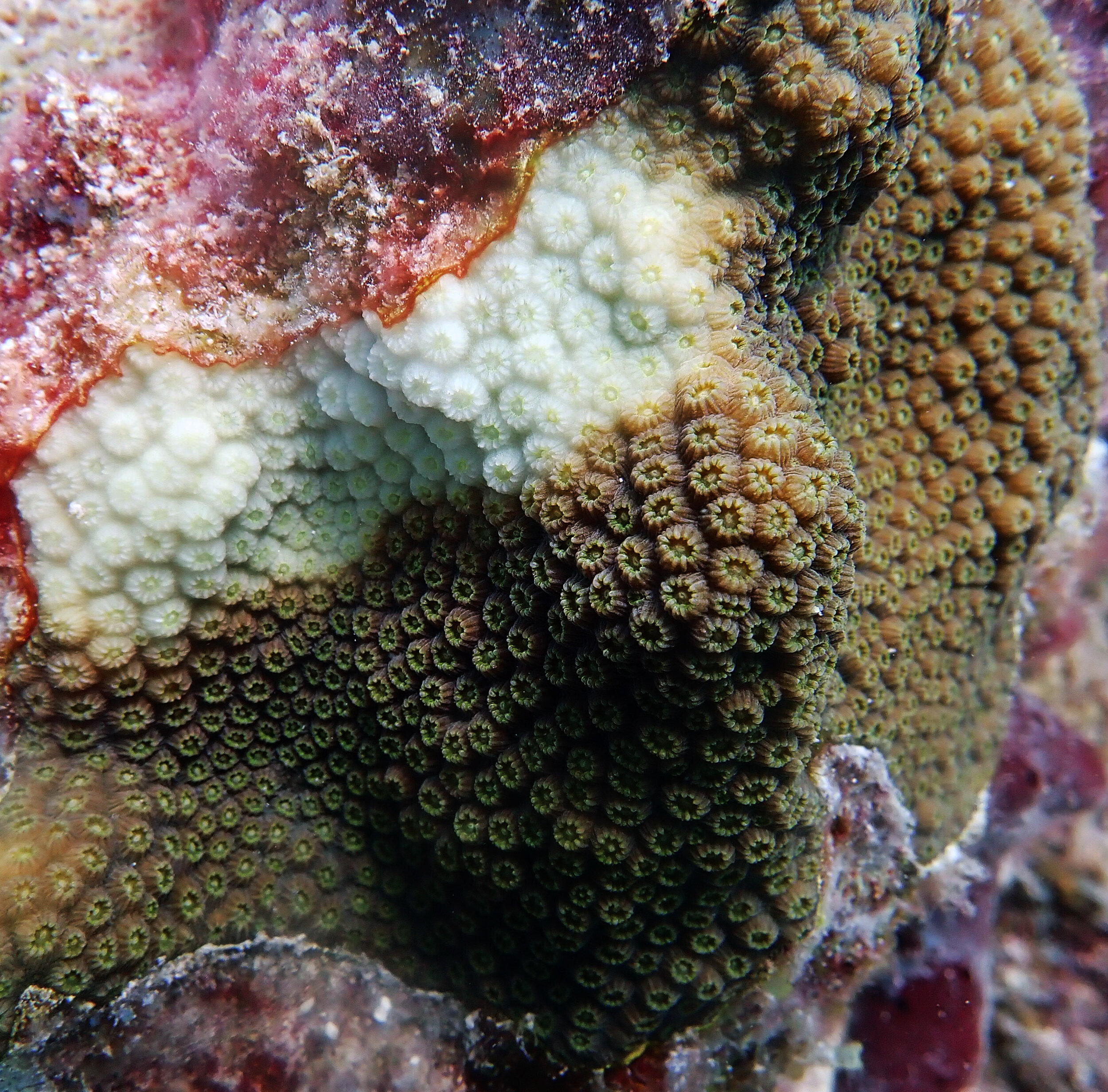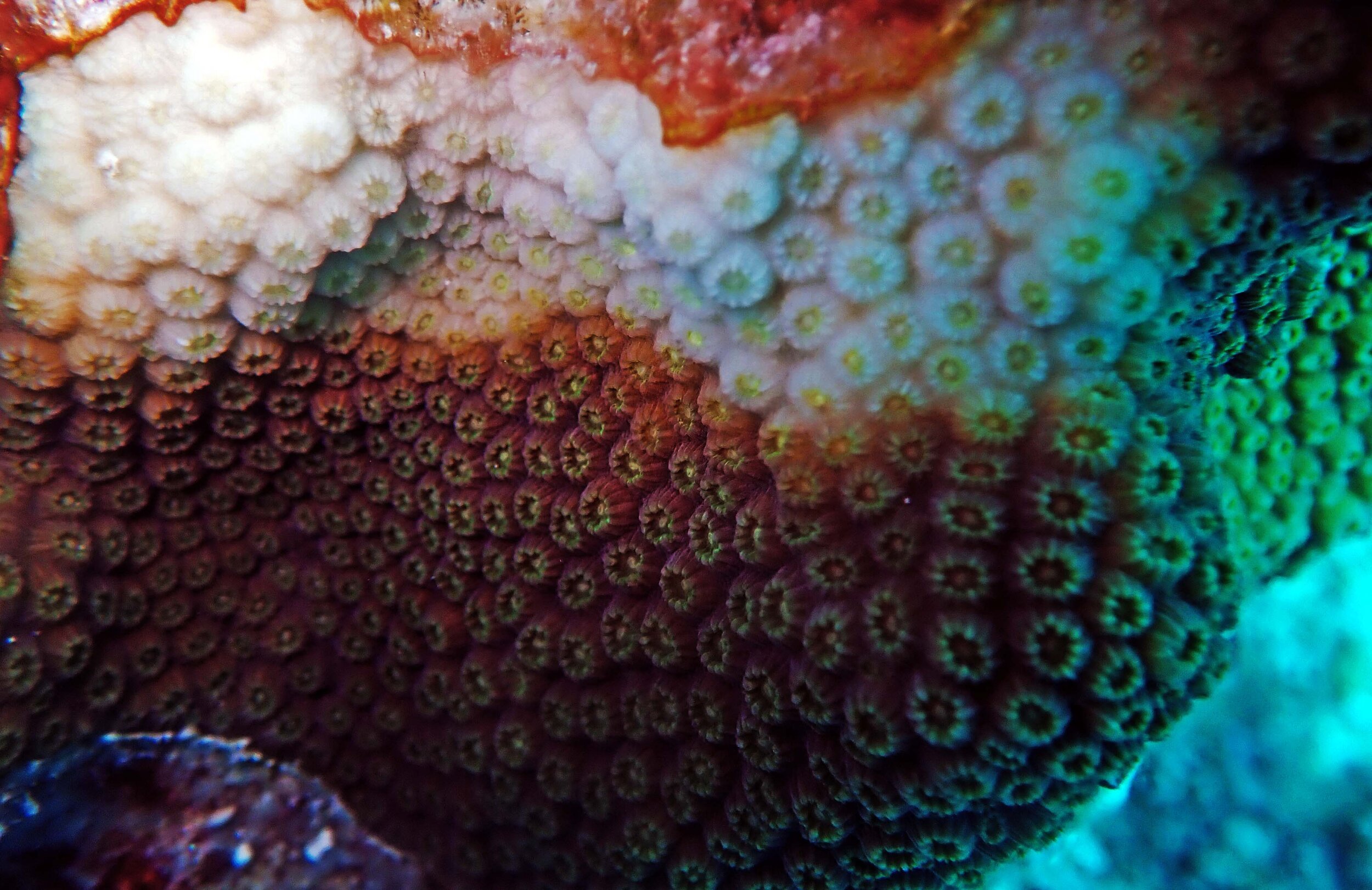I spent several trying to better understand the molecular eco-physiology of the Caribbean reef-builder Orbicella faveolata. Thankfully, it boasts a genome, myriad transcriptomes, and a ton of other data on its environmental physiology. One of my goal at NOAA (2019-2022) was to try and figure out why some genotypes resist climate change-driven thermal stress events and others do not, and while some progress was made (see articles referenced below.), these colonies ended up succumbing to another stressor: stony coral tissue loss disease. I fear this project, then, was somewhat moot from a conservation perspective. However, the data and findings may still be useful for better understanding fundamental aspects of coral-dinoflagellate cell biology.
Shotgun proteomic data on diverse genotypes are described elsewhere, with the sequencing data deposited here (accession#MSV000086098; Mayfield et al. 2021).
iTRAQ (label-based) proteomic data from an experiment (temperature manipulation ) can be found here (accession#MSV000086530; Mayfield 2022).
Proteomic data from field samples (which were used to attempt to make predictions of colony fate) are instead here (accession#MSV000089240; Mayfield & Lin 2022).
Bleaching and disease: unfortunately, I expect to be posting more and more of these.



